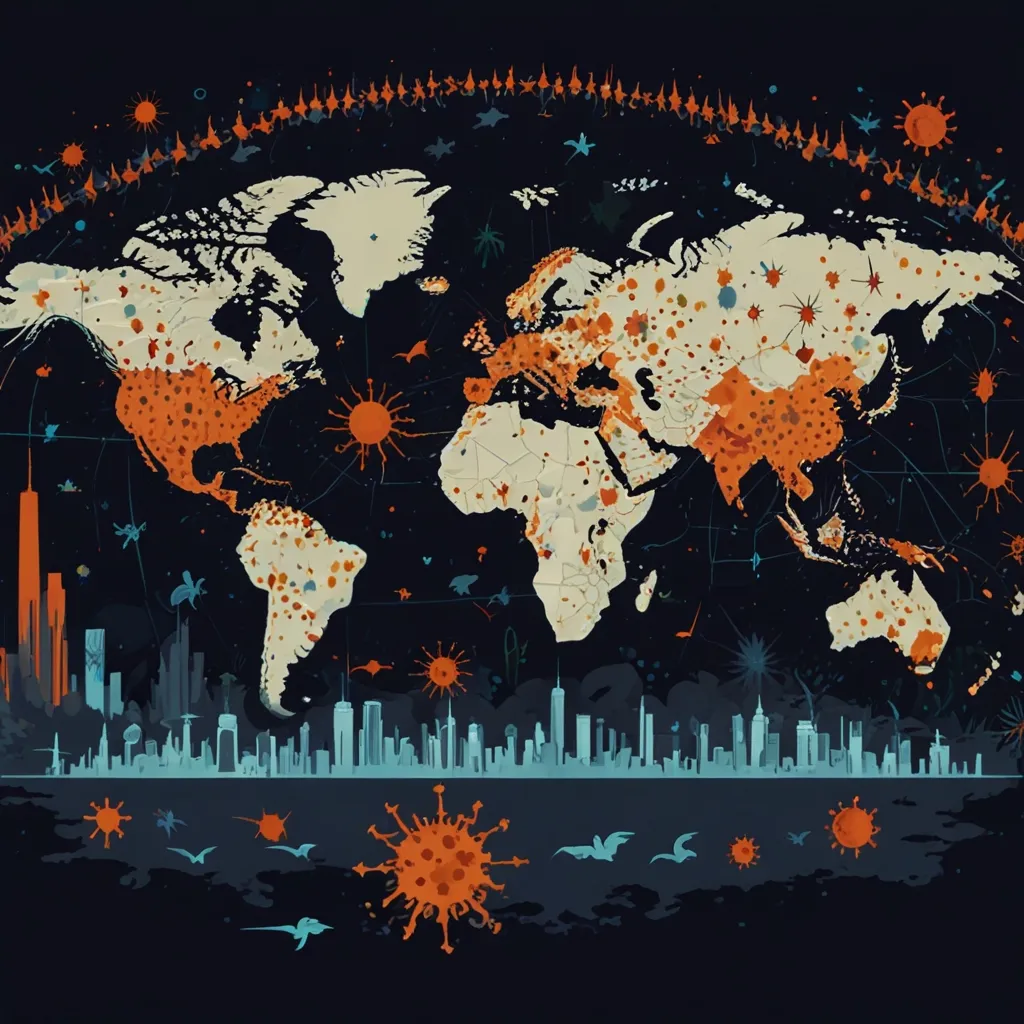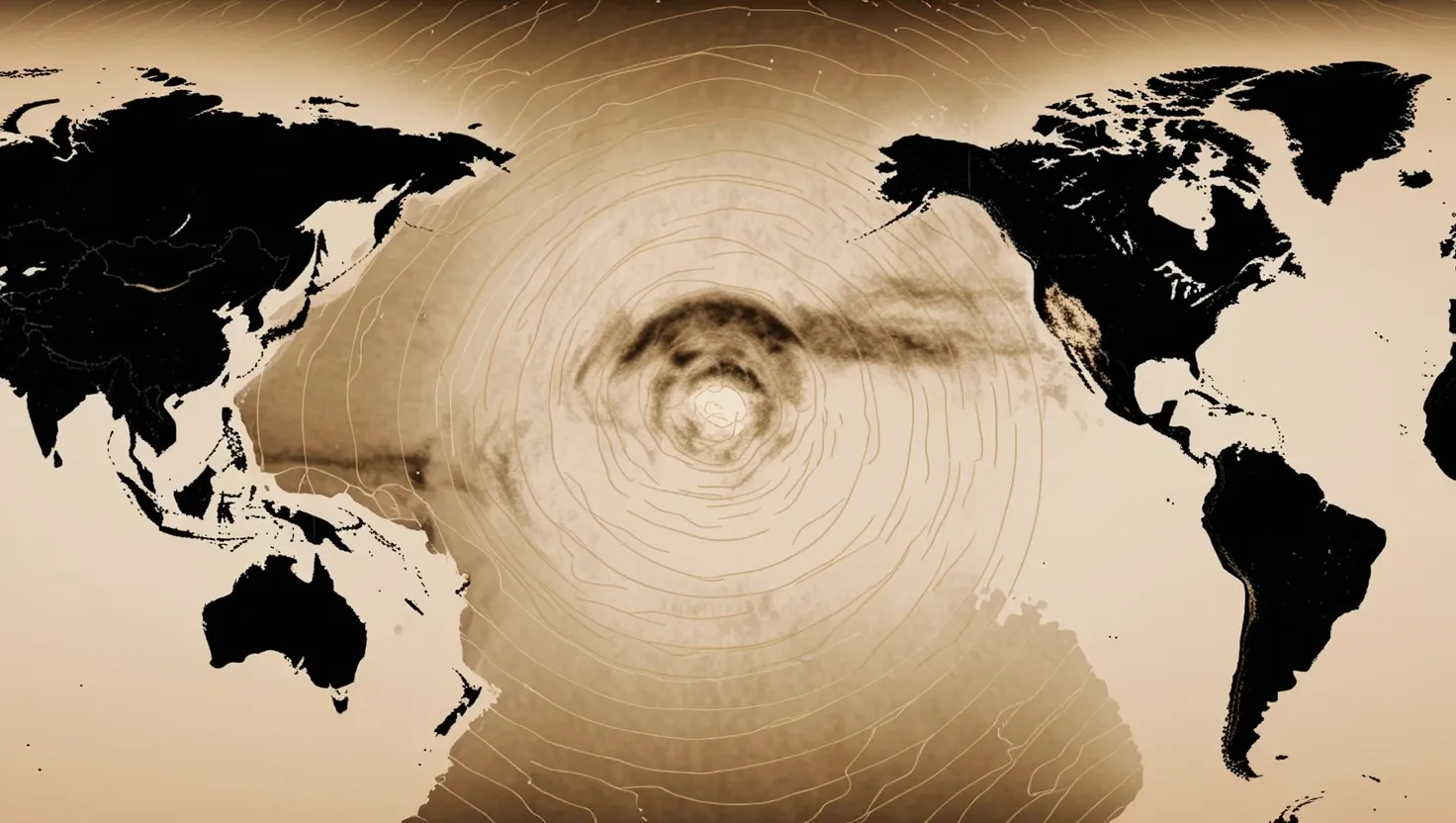Let’s imagine you are part of a diplomatic team headed for a routine posting. The city is warm, crowded with memory and uncertainty—Havana, a place humming with history and rumor. You settle in, get to work, and then, out of nowhere, an odd sensation sweeps over you. Maybe it’s a sound—a metallic screech, a powerful hum, something you can’t quite place. Before you can orient yourself, you’re dizzy, your head splitting, words harder to find. This is not a story from a suspense novel. It’s what dozens of diplomats and intelligence officers reported experiencing in late 2016 and beyond, in what became known as “Havana Syndrome.”
What happened next has gripped the world, sparked scientific arguments, and inched into the shadow world of espionage. The symptoms ranged from nausea and hearing loss to memory lapses and persistent ringing in the ears. Some described it as if a force was pressing down invisibly, their minds clouded by something beyond comprehension. There was no immediate culprit, no clear trigger—a mystery at the intersection of medicine and geopolitics.
Behind closed doors, investigators began their search. Was it a new kind of weapon? Some believed hostile actors had developed technology to incapacitate or disorient, using directed energy or sonic waves. Others raised an eyebrow and countered: could such a device really slip through the net of global surveillance and scientific scrutiny without leaving a trace? After all, no machinery was ever found, no signals tracked with certainty, no smoking gun appeared.
I’ve often wondered: if you were among the afflicted, would you trust your senses? Would you second-guess your memory, your body, your grasp on reality? One of the most startling aspects of the Havana Syndrome saga is how quickly suspicion turned toward the invisible. Not chemical or biological agents, but microwave beams, pulses of concentrated sound, energies that exist just beyond the limits of normal experience. This is the strange edge where modern technology and ancient fears meet.
Let’s pause for a moment and consider this quote from Arthur C. Clarke:
“Any sufficiently advanced technology is indistinguishable from magic.”
For the diplomats and their families, symptoms were very real. Neurological scans sometimes showed subtle differences in brain structure, enough to keep suspicions alive. Yet these abnormalities weren’t consistent—they would appear in one person, not another, or fail to fit a clear pattern. As more cases emerged in China, Russia, Europe, and even near the White House, the plot thickened. Each fresh report added a layer of uncertainty.
Here’s a question that keeps coming up: Why did so many cases cluster around American and Canadian diplomatic staff, and why then? Some experts suggest that context matters. In high-stress, high-stakes environments, the boundaries between body and mind are especially porous. Could the pressure of international tension, the isolation of posting, play a role in what people felt?
The theory of a deliberate attack persisted, in part because initial cases reported specific sensory triggers—sharp noises, feelings of pressure, strange bodily sensations. Yet the scientific attempts to reproduce these effects in the lab came up empty. No known device, not even the latest military prototypes, could reliably mimic all the reported symptoms without obvious side effects. If a new weapon existed, it was thoroughly mysterious.
Let’s turn the tables now. Some psychologists and physicians started looking elsewhere for answers. What if the root cause was not a secret weapon, but rather the mind’s response to stress and suggestion? Mass psychogenic illness—the phenomenon where groups develop symptoms without an identifiable physical cause—has a long, sometimes surprising history. Think of “dancing plagues” in medieval Europe, or outbreaks of fainting in isolated communities. In such cases, intense anxiety and the power of rumor do the damage, not any pathogen.
But is that explanation enough? How do we account for the sensory events—the strange sounds, the balance disorders, the odd findings on some medical scans? Critics argue that mass psychogenic illness doesn’t easily explain everything. At the same time, supporters note that when people expect danger, especially in unfamiliar environments, their brains become hyper-alert to the slightest irregularity. A passing insect, a distant machine, the thrum of city life—any can become a suspect, magnified by worry and shared stories.
The complexity of the Havana Syndrome affair runs deeper still. When governments investigate threats to their personnel, secrecy is inevitable. Intelligence agencies hold back information, both to avoid panic and protect their methods. This lack of transparency makes distinguishing between fact and fiction even harder. And as news of Havana Syndrome spread, so too did the number and range of reported cases, tracing the contours of geopolitical fault lines.
There’s a famous line by Carl Sagan:
“Extraordinary claims require extraordinary evidence.”
Despite years of analysis by top neurologists, physicists, and intelligence operatives, the evidence remains incomplete. No one has yet presented a weapon, a mechanism, or even a consistently reproducible pattern of physiological changes. On the other side, the case for mass psychogenic illness now carries the weight of major intelligence assessments, but it still faces skepticism from those who lived through the symptoms.
One angle rarely discussed is the role of cultural expectation. The idea of invisible, high-tech weapons preys on deep cultural anxieties about surveillance, vulnerability, and unseen manipulation. In an era when electromagnetic waves deliver our texts and track our movements, it’s easy to believe that such forces could be weaponized. Yet, I find myself wondering—if a new kind of attack was possible, would its designers leave behind such ambiguous traces, or would they prefer something more obvious and terrifying?
What can the story of Havana Syndrome teach us about ourselves? It’s a mirror, reflecting our fascination with the unknown, our fear of the invisible, and the subtle ways perception can be shaped by context. It’s also a reminder that the boundary between physical and psychological health is not always clear. Brains and bodies respond to threat, real or imagined, and sometimes group experience amplifies what one person feels until it becomes a collective event.
A question for you: do you believe extraordinary events require extraordinary explanations, or is the simplest solution often correct? Occam’s Razor, the principle that you shouldn’t multiply causes unnecessarily, suggests skepticism toward elaborate theories. But history is full of moments where the simplest answer masked a far more complex truth.
One less-remarked aspect of the story is the persistence of brain fog and cognitive symptoms long after the initial incidents. Chronic symptoms closely resemble those found in concussion, anxiety disorders, and even long COVID. A few researchers propose that, whatever the cause, the impact on mental health and daily functioning is real, and deserves independent attention—regardless of the trigger.
The saga of Havana Syndrome is still unfinished. Recent government reports lean toward explanations tied to stress, illness, and environmental factors, but not everyone is satisfied. The lack of closure fuels further speculation and creates a vacuum into which all manner of theories pour. In that sense, Havana Syndrome is a product of the twenty-first century—a world of rapid communication, relentless uncertainty, and the lingering edge of Cold War paranoia.
How would you have investigated, if tasked with protecting your country’s envoys abroad? Would you search for new kinds of weapons, or focus on improving support for those under duress? Both approaches reveal something about what we value and fear most: safety, certainty, and the hope that every puzzle can ultimately be solved.
Let’s give the last word to the novelist William Gibson, who once wrote:
“The future is already here—it’s just not evenly distributed.”
Whether caused by technology, suggestion, or the mysteries of the human mind, Havana Syndrome reminds us that we still have much to learn about the interface where modernity meets biology. It urges us to remain curious, skeptical, and above all, open to the possibility that some puzzles exist not to be solved, but to teach us humility.






